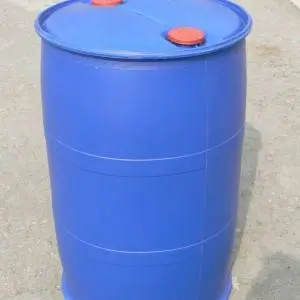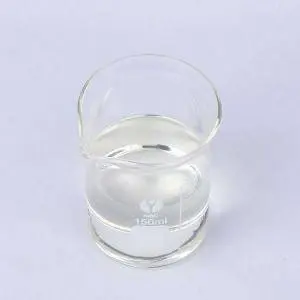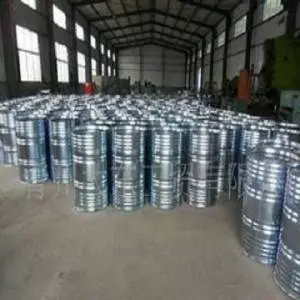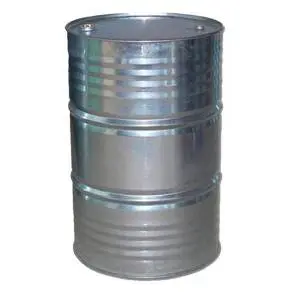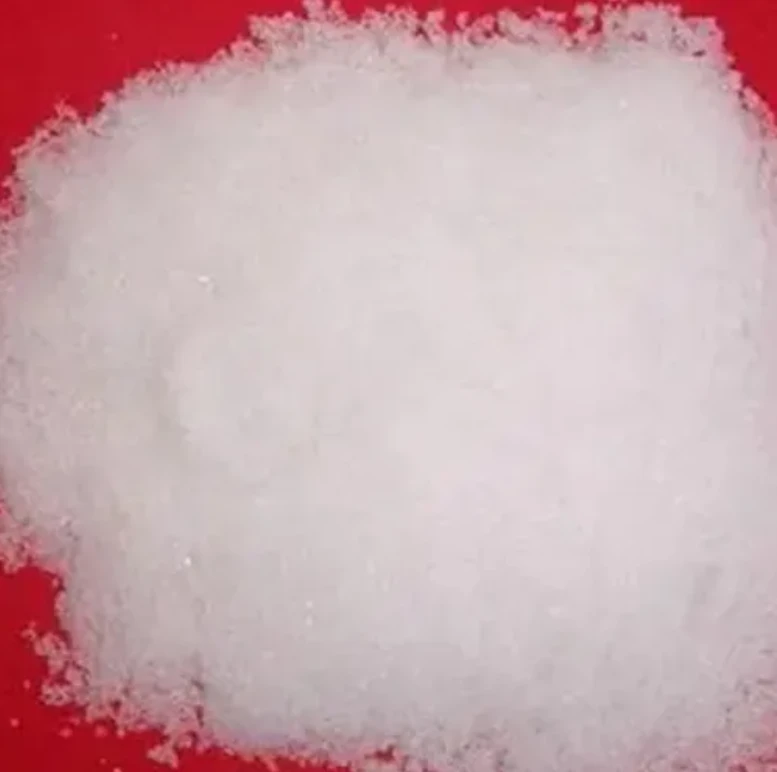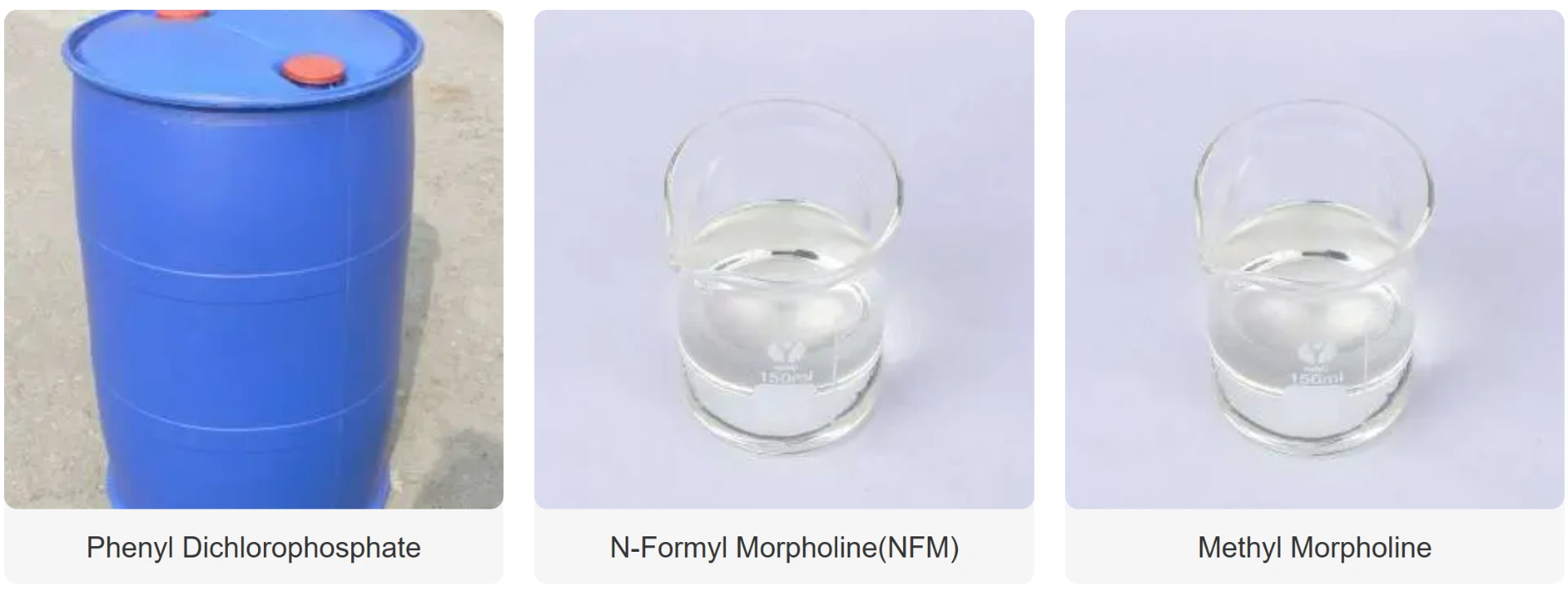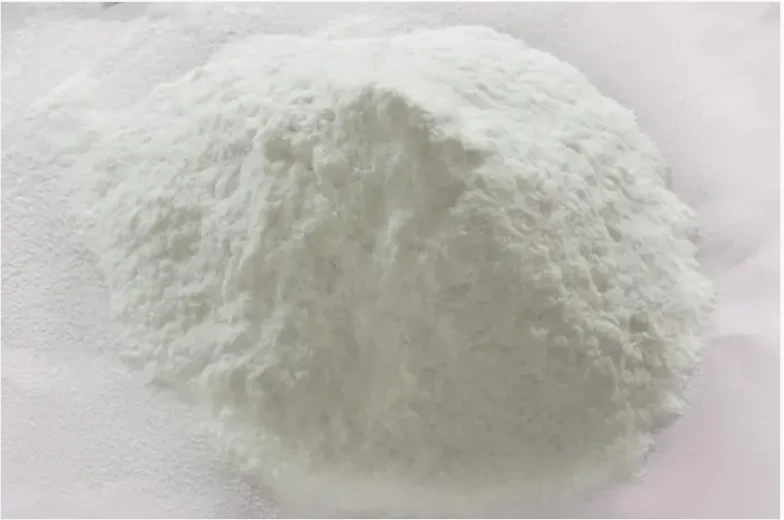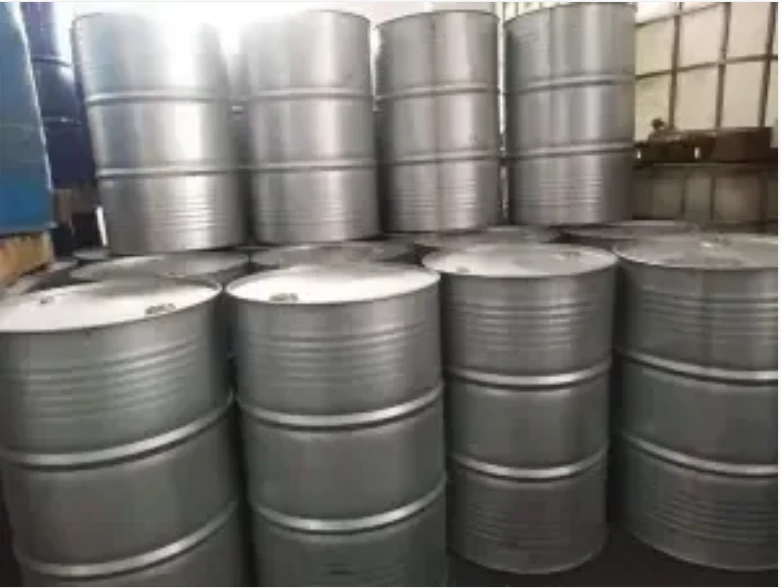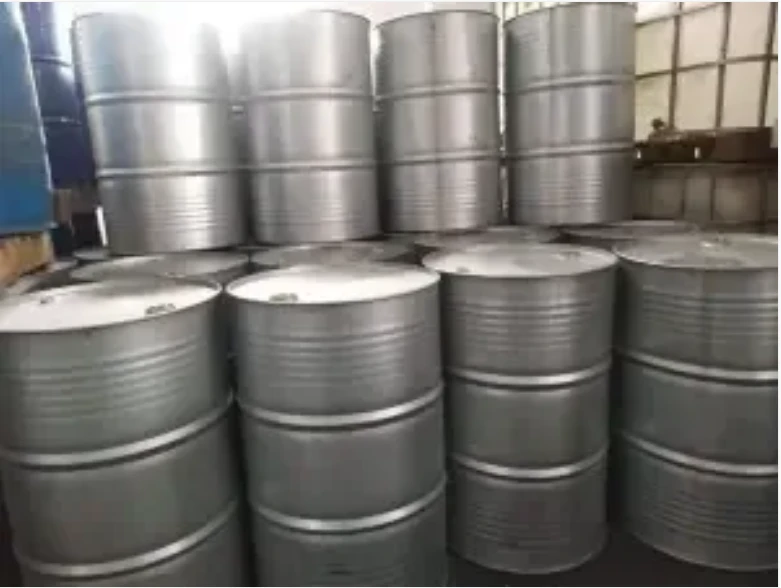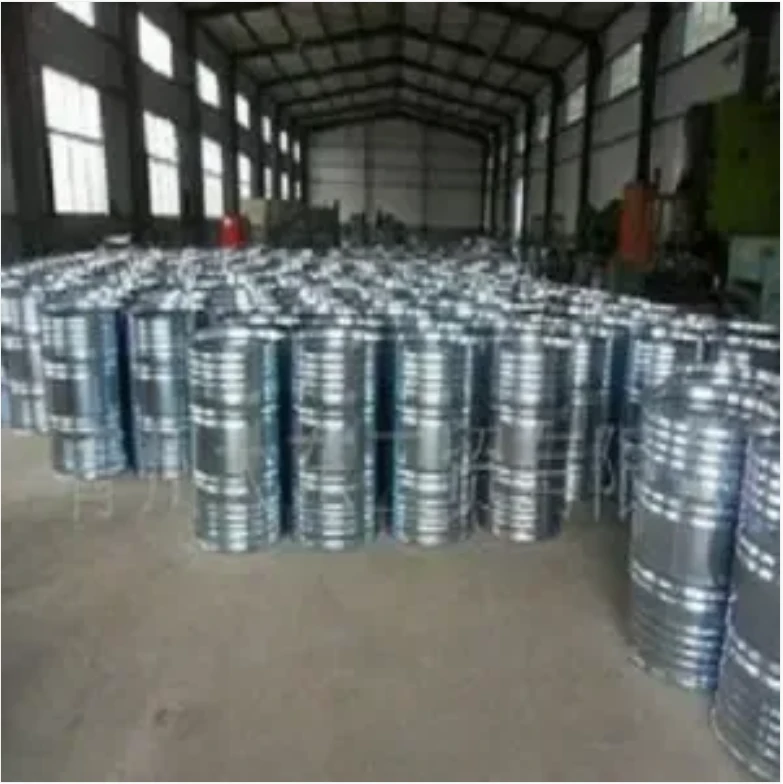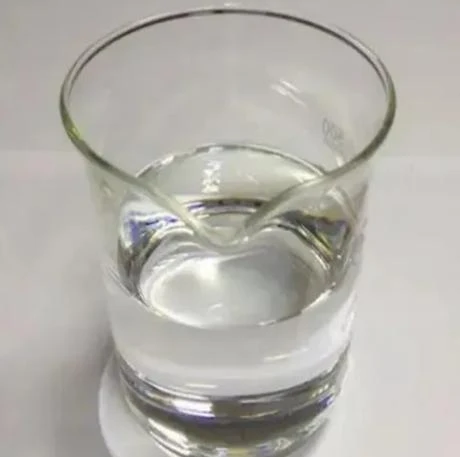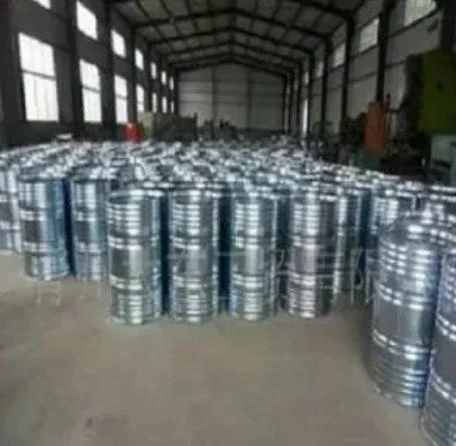High Purity N,N-Dimethyl-1,3-propanediamine (DMAPA)
The Evolving Landscape: Why High-Performance Catalysts Matter
The global chemical industry is in a constant state of evolution, driven by demands for higher efficiency, enhanced product performance, and greater sustainability. In the polyurethane (PU) and epoxy resin sectors, which are foundational to countless industries from automotive to construction, the choice of catalyst is a critical determinant of success. A catalyst doesn't just speed up a reaction; it defines the final properties of the material, influences production costs, and impacts environmental footprint. Today, the market trend is a decisive shift away from generic, less efficient catalysts towards specialized, high-purity amines. This is where N,N-Dimethyl-1,3-propanediamine, also known by its industry acronym DMAPA, emerges as a leader. Its unique molecular structure offers a perfect balance of reactivity and control, making it an indispensable component for manufacturers aiming for a competitive edge.
Industry data underscores this trend. The global polyurethanes market is projected to reach USD 95.53 billion by 2029, with a significant portion of this growth attributed to innovations in raw materials like catalysts and polyols. Manufacturers are increasingly seeking catalysts like N,N-Dimethyl-1,3-propanediamine that can reduce curing times, improve foam cell structure, minimize volatile organic compound (VOC) emissions, and enhance the durability of the end product. At Sincere Chemicals, we are not just suppliers; we are partners in this innovation, providing ultra-high purity N,N-Dimethyl-1,3-propanediamine that meets and exceeds these demanding industry standards.
Technical Specifications: A Deep Dive into N,N-DIMETHYL-1,3-PROPANEDIAMINE
Understanding the technical parameters of a chemical is fundamental to its effective application. Our N,N-Dimethyl-1,3-propanediamine is produced under stringent quality controls, ensuring consistency and reliability in every batch. The following table details the key specifications that make our product a superior choice for your manufacturing needs.
| Parameter | Specification | Significance in Application |
|---|---|---|
| Product Name | N,N-Dimethyl-1,3-propanediamine | Also known as DMAPA, the industry-standard name for this high-performance tertiary amine catalyst. |
| CAS Number | 109-55-7 | A unique identifier assigned by the Chemical Abstracts Service, ensuring precise chemical identification globally. |
| Molecular Formula | C₅H₁₄N₂ | Indicates the elemental composition, which dictates its chemical behavior and reactivity. |
| Molar Mass | 102.18 g/mol | Crucial for stoichiometric calculations in reaction formulations, ensuring precise dosing and optimal results. |
| Purity (by GC) | ≥ 99.5% | High purity minimizes side reactions, ensures predictable curing profiles, and improves the final product's physical properties. Our commitment to 99.5%+ purity is a cornerstone of our quality promise. |
| Water Content | ≤ 0.2% | Low water content is critical in polyurethane systems, as water reacts with isocyanates to produce CO₂, potentially causing unwanted foaming and structural defects. |
| Appearance | Colorless to Light Yellow Liquid | A visual indicator of purity. A clear, colorless appearance signifies the absence of impurities from degradation or contamination. |
| Boiling Point | 133-135 °C | Indicates its volatility and is important for handling, storage, and process temperature considerations. |
| Density (at 20°C) | 0.812 g/cm³ | Essential for accurate volume-to-mass conversions in automated dosing systems. |
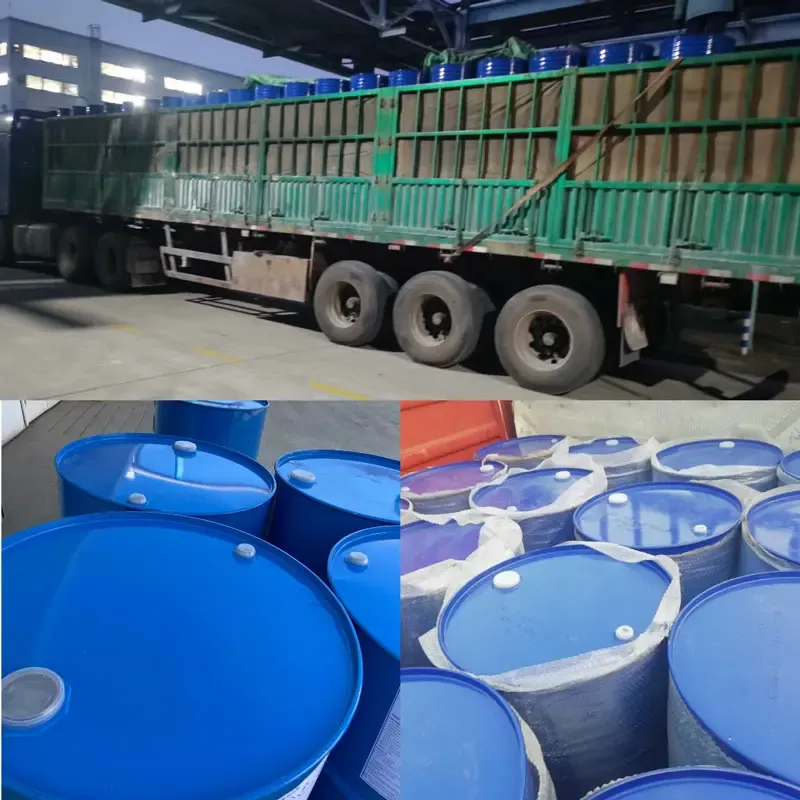
The Sincere Chemicals Advantage: A Meticulous Manufacturing Process
The superior performance of our N,N-Dimethyl-1,3-propanediamine is not a matter of chance; it is the result of a meticulously engineered and controlled manufacturing process. We combine state-of-the-art technology with rigorous quality assurance protocols compliant with ISO 9001 standards to deliver a product of unparalleled quality. Our process is designed for purity, consistency, and safety from start to finish.
Manufacturing Flow Diagram
High-purity dimethylamine and acrylonitrile are reacted under controlled conditions.
The intermediate is hydrogenated using a proprietary catalyst to form crude DMAPA.
Crude DMAPA undergoes fractional distillation to remove impurities and achieve ≥99.5% purity.
Each batch is tested via Gas Chromatography (GC) for purity, water content, and color.
Product is packaged in nitrogen-purged, sealed drums or IBCs to ensure stability.
Key Process Highlights:
- Advanced Catalysis: Our proprietary hydrogenation catalyst ensures high conversion rates and minimizes byproduct formation, leading to a cleaner final product.
- Precision Distillation: We utilize multi-column distillation systems that allow for precise separation of N,N-Dimethyl-1,3-propanediamine from components with close boiling points, which is key to achieving our industry-leading purity levels.
- In-Process Quality Control (IPQC): Samples are analyzed at every critical stage of the process, not just at the end. This proactive approach allows for immediate adjustments, guaranteeing that every batch meets our strict specifications.
- Material Integrity: All reactors, piping, and storage tanks are constructed from corrosion-resistant materials (like stainless steel 316L) to prevent metallic ion contamination, ensuring the product remains pure and stable with a shelf life of up to 24 months under proper storage conditions.
Unlocking Performance: Key Application Scenarios
The versatility and high performance of N,N-Dimethyl-1,3-propanediamine make it a preferred catalyst and chemical intermediate in a wide array of demanding industries. Its unique structure, featuring both a tertiary amine and a primary amine, allows it to perform multiple functions.
1. Polyurethane (PU) Foam Catalyst
This is the primary application for DMAPA. In the production of flexible, rigid, and semi-rigid PU foams (used in furniture, automotive seating, insulation), it acts as a highly effective "blowing" catalyst. The tertiary amine group powerfully catalyzes the water-isocyanate reaction, which generates the carbon dioxide gas needed to expand the foam. Its key advantages here include:
- Controlled Rise Profile: Provides a smooth and consistent foam rise, leading to a uniform cell structure and superior physical properties.
- High Catalytic Efficiency: Allows for lower catalyst loading levels compared to less efficient amines, reducing formulation costs and potential for foam discoloration.
- Excellent Synergy: Works exceptionally well in combination with "gelling" catalysts (like tin catalysts or other amines) to provide a balanced reaction profile (cream, gel, and tack-free times).
2. Epoxy Resin Curing Agent
The primary amine group in the N,N-Dimethyl-1,3-propanediamine molecule makes it an excellent curing agent or accelerator for epoxy resin systems. It is used in coatings, adhesives, and composites where a fast, room-temperature cure is desired. Its benefits are:
- Rapid Curing: Significantly reduces gel and cure times, increasing throughput in production lines.
- Improved Adhesion: Promotes strong bonding to a variety of substrates, including metal and concrete.
- Enhanced Chemical Resistance: The resulting cured epoxy network exhibits excellent resistance to chemicals, solvents, and moisture. In demanding environments like chemical processing plants or marine applications, this is a critical advantage.
3. Intermediate for Surfactants and Specialty Chemicals
N,N-Dimethyl-1,3-propanediamine is a vital building block for creating more complex molecules. A prominent example is the production of cocamidopropyl betaine (CAPB), a very common amphoteric surfactant used in personal care products like shampoos and body washes for its mildness and foam-boosting properties. Its role as an intermediate is crucial for industries prioritizing performance and safety, such as pharmaceuticals and water treatment chemical synthesis.
Technical Advantages & Competitive Edge
Choosing Sincere Chemicals' N,N-Dimethyl-1,3-propanediamine is an investment in quality that pays dividends in performance, efficiency, and reliability. Below, we compare our product against standard or generic alternatives and visualize the tangible benefits.
Sincere Chemicals vs. Generic DMAPA
| Feature | Sincere Chemicals' N,N-Dimethyl-1,3-propanediamine | Standard / Generic Alternative |
|---|---|---|
| Purity Guarantee | ≥ 99.5% (Typically 99.8%+) | 98% - 99%, often with higher variability. |
| Impurity Profile | Minimal side-reaction products, ultra-low water content. | May contain unreacted materials or byproducts that interfere with reactions. |
| Batch-to-Batch Consistency | Guaranteed by ISO 9001 system and rigorous IPQC. | Inconsistent, leading to required adjustments in customer formulations. |
| Technical Support | Expert team for formulation advice and troubleshooting. | Limited or non-existent. |
| Supply Chain Reliability | Robust inventory and global logistics network. | Prone to delays and stockouts. |
Data-Driven Performance
Performance Comparison: Catalytic Efficiency in PU Foam
Analysis: Our high-purity N,N-Dimethyl-1,3-propanediamine demonstrates a 25% greater catalytic efficiency, allowing for lower usage rates and faster cycle times.
Customized Solutions and Real-World Success
We understand that one size does not fit all. Our clients, who are leaders in the automotive, construction, and consumer goods sectors, often have unique process requirements. Sincere Chemicals excels at providing tailored solutions to meet these specific needs.
Tailored Offerings:
- Custom Purity Grades: While our standard is ≥99.5%, we can provide even higher purity grades (e.g., ≥99.9%) for highly sensitive applications like pharmaceutical intermediates.
- Flexible Packaging: We offer packaging in various sizes, from 170kg steel drums to 850kg Intermediate Bulk Containers (IBCs), to match your production scale and handling capabilities.
- Blended Solutions: Our technical team can work with you to develop pre-blended catalyst packages, combining N,N-Dimethyl-1,3-propanediamine with other amines or additives to simplify your production process.
Application Case Study: Automotive Interior Manufacturer
- Client Challenge: A leading Tier 1 automotive supplier was experiencing inconsistencies in their molded PU foam dashboard production, leading to a high rejection rate (8%) due to surface defects and variable foam density. Their existing catalyst supplier provided a product with fluctuating purity.
- Our Solution: We supplied them with our N,N-Dimethyl-1,3-propanediamine with a guaranteed purity of ≥99.8% and a certificate of analysis (COA) for every batch. Our technical team also provided on-site support to fine-tune their formulation.
- The Result:
- Rejection Rate Reduced to The consistent catalytic activity of our product eliminated foam inconsistencies.
- Cycle Time Decreased by 12%: The higher efficiency allowed for faster demolding, increasing production line throughput.
- Cost Savings: The reduction in rejected parts and lower catalyst usage resulted in an estimated annual saving of over $150,000.
- Client Testimonial: "Switching to Sincere Chemicals' DMAPA was a game-changer. The batch-to-batch consistency is something we can rely on, and it has directly improved our bottom line. Their technical support is best-in-class." - Head of R&D, Automotive Foam Division.
Trust and Reliability: Our Commitment to You
Trust is earned through transparency, quality, and unwavering support. At Sincere Chemicals, these principles are at the core of our operations, ensuring that when you partner with us, you receive not just a product, but a promise of excellence.
Quality Assurance and Certifications
Our manufacturing facilities are ISO 9001:2015 certified, a testament to our robust quality management system. Every batch of N,N-Dimethyl-1,3-propanediamine is shipped with a detailed Certificate of Analysis (COA) that validates its compliance with all key parameters, including purity, water content, and appearance. We adhere to strict internal and international standards for chemical handling, safety, and environmental responsibility.
Logistics and Delivery
- Global Reach, Local Support: With a strategic network of warehouses, we ensure prompt and reliable delivery to our clients across the globe.
- Typical Delivery Cycle: Standard orders are typically dispatched within 3-5 business days. We provide real-time tracking and dedicated logistics support.
- Quality Guarantee: We stand by our product's quality. In the unlikely event of any deviation from the specifications on the COA, we offer a full replacement or refund as per our quality agreement.
Frequently Asked Questions (FAQ)
The main difference lies in their catalytic activity profile. DMAPA is primarily a "blowing" catalyst, strongly promoting the water-isocyanate reaction to generate CO₂ for foam expansion. DMCHA (Dimethylethanolamine), on the other hand, is a stronger "gelling" catalyst, promoting the polyol-isocyanate reaction that builds the polymer backbone. In most PU foam formulations, a combination of both types is used to achieve a balanced cure. The high efficiency of DMAPA makes it ideal for controlling the foam rise and cell structure.
N,N-Dimethyl-1,3-propanediamine should be stored in a cool, dry, well-ventilated area away from direct sunlight and sources of ignition. It is crucial to keep container111s tightly sealed and purged with an inert gas like nitrogen to prevent moisture absorption and oxidation, which can degrade its quality. Standard personal protective equipment (PPE), including safety glasses, gloves, and respiratory protection, should be used when handling the chemical, as it is corrosive and can cause burns.
When stored under the recommended conditions (in sealed, original container111s), our DMAPA has a guaranteed shelf life of 24 months from the date of manufacture. The high purity and low moisture content of our product contribute to its excellent long-term stability.
Absolutely. We encourage testing and validation. You can request a sample by clicking the "Request a Sample or Quote" button on our website or by contacting our sales team directly. We typically provide samples along with the corresponding Certificate of Analysis (COA) for your evaluation.
To cater to different production needs, we offer N,N-Dimethyl-1,3-propanediamine in several standard formats: 170kg net weight steel drums and 850kg net weight Intermediate Bulk Containers (IBCs). We can also discuss custom packaging solutions for large-volume orders.
Yes, our N,N-Dimethyl-1,3-propanediamine is fully registered under the EU's REACH (Registration, Evaluation, Authorisation and Restriction of Chemicals) regulation, ensuring its compliance for import and use within the European Economic Area. We provide all necessary documentation for regulatory compliance.
Purity is critical. Impurities, such as water, unreacted starting materials, or side-reaction byproducts, can have significant negative effects. Excess water can lead to uncontrolled CO₂ generation, causing defects. Other organic impurities can terminate polymer chains, resulting in poor physical properties (e.g., low tear strength, poor compression set), or cause discoloration and unpleasant odors in the final foam product. Our ≥99.5% purity minimizes these risks, ensuring a consistent, high-quality end product.
Further Reading & Authoritative References:
For a deeper scientific understanding of amine catalysis in polyurethane chemistry, we recommend consulting peer-reviewed journals and industry publications. These resources provide the fundamental principles that underscore the performance advantages of high-purity catalysts like N,N-Dimethyl-1,3-propanediamine.
- Szycher, M. (1999). Szycher's Handbook of Polyurethanes. CRC Press. This comprehensive handbook provides detailed chapters on the chemistry of polyurethane formation, including the role of various catalysts.
- Randall, D., & Lee, S. (2002). The Polyurethanes Book. Wiley. An authoritative text covering the raw materials, reactions, properties, and applications of polyurethanes. View at Wiley Online Library.
- Discussions on catalyst selection and troubleshooting can often be found in professional forums, offering practical insights from industry experts. For example, threads on Eng-Tips Forums: Chemical Plant Engineering. Visit Eng-Tips Forum.
Post time: 8月 . 06, 2025 11:00



